Grace Kelly Inspired Brie Larson's Subtle Beauty Looks in Lessons in Chemistry
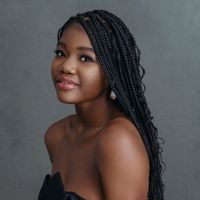
I didn't really enjoy my chemistry classes in high school, but I'm certainly a fan of watching someone unpack the secrets of science in style. That's exactly what Brie Larson does in her role as Elizabeth Zott in the Apple TV+ drama television series Lessons in Chemistry. And yes, she looks gorgeous the entire time thanks to the magical hands of lead makeup artist Miho Suzuki. I tapped the mastermind behind the makeup on-screen and learn about everything from her historical deep dive into the world of 1950s makeup to how she kept hours of hard work looking ready for the next take. Keep scrolling to hear about Suzuki's journey to creating the makeup looks in the hit television series. Lights, camera, action!
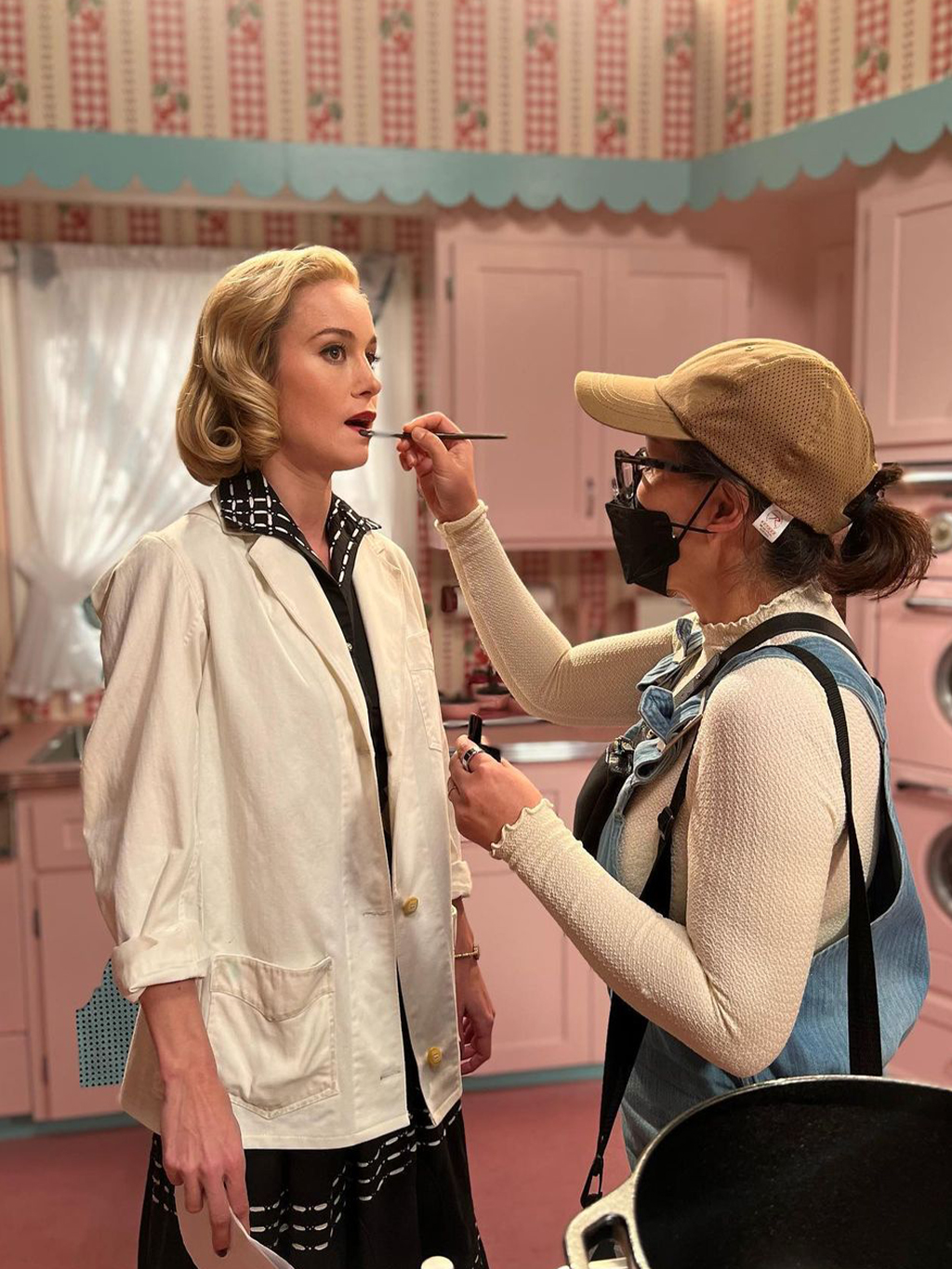
Makeup Artistry On-Screen
How does your background in editorial makeup influence your approach to your film and television artistry?
Bringing my knowledge of being an editorial makeup artist into the world of film and TV has helped a lot, but I've also had to shift my vision and techniques. Because cameras are so good these days, I'm able to utilize my editorial eye and training in fashion and beauty to translate what's needed. I love when, on the camera, skin can look like skin and keep its texture. I always leave some areas of realness, which works for today's storytelling style.
Letting people look like people is the closest thing I can get to defining my aesthetic. By having the beauty and editorial side of my background, I also worked in advertising, where they often shoot using macro lenses. You can't fake anything! You have to be really precise because everything is so obvious. Preciseness is my strength because I have a way of making sure makeup translates well on-screen.
Cameras truly capture everything, don't they?
They do! My goal is for the makeup to look good from every angle. I also don't want to limit the camera's or actor's ability to perform. The way I provide my makeup artistry to the industry is by creating looks that are consistent when appearing in close-ups and wide shots. One thing I also try to do is avoid disrupting the actors with many touch-ups. So I think ahead when I'm prepping the actors for makeup. I start with skincare and then send the actors to sit in hair. … While their hair is being done, the skin is able to absorb the serum and moisturizer that I applied. When they come back to me 20 to 30 minutes later, I have a very good base to start with.
The skincare process is really important to me. When you watch the show, you'll see that at the beginning Brie's character, Elizabeth, wears very little makeup and shows her skin. For that, I wanted to minimize the amount of makeup I used on her—instead accentuating her sun-kissed skin and freckles. Later, when Brie's character goes on to wear more makeup as a TV show host, I barely had to touch up her look because the base I started could last. Because of that, even when I used a heavier foundation, it doesn't actually look heavy on-screen.
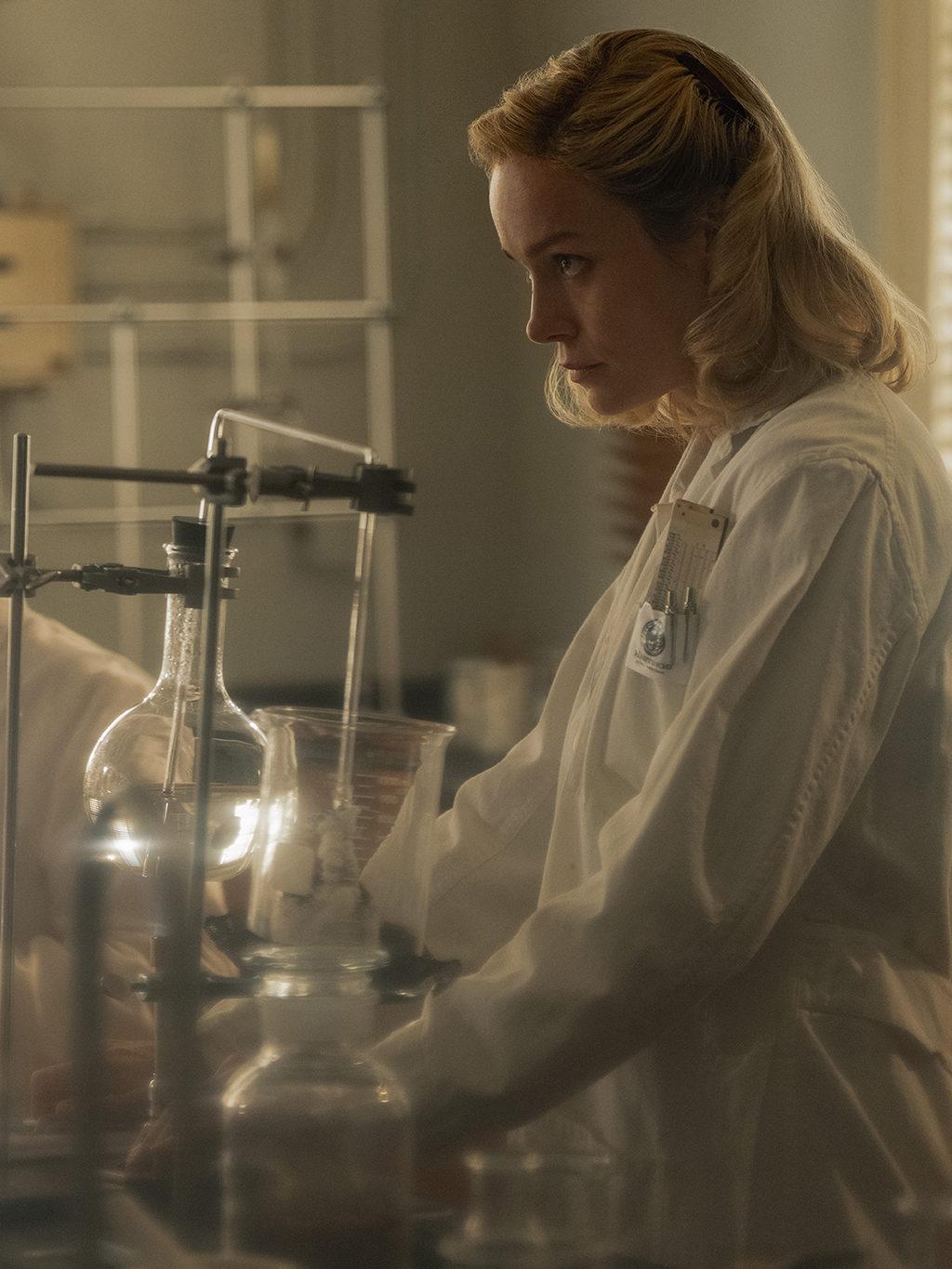
We experience a makeup evolution throughout the series as we witness Elizabeth's transition from chemistry student to housewife and, later, a successful TV show host. How did you come up with makeup that would reflect her journey?
The show begins in 1950 when Elizabeth graduates from the University of California, Los Angeles with a degree in chemistry and begins a career as a struggling scientist. In the early '50s, she wears very little makeup, as she didn't have much interest in experimenting with it. As time passes, I added a little makeup to differentiate different periods in her life. On the set of the TV show she was hosting, she had makeup applied for her, and we see this grand entrance of Grace Kelly inspired makeup that's simple yet elegant.
Where did you find inspiration for Elizabeth's makeup? Were there any particular brands and makeup artists from the era you looked to?
For Lessons in Chemistry, we focused on the advertisements featured in vintage magazines and paid attention to eye shadow and lipstick shades worn. I also had permission to access UCLA's yearbooks, and we were able to look at real students and teachers that attended the school during the setting over the series, which was helpful because we could see which makeup trends were regional. In addition to pulling together image collages, we looked into female scientists in the '50s.
We also learned about the popular brands of the time. Using the advertisements, we were able to find a lot of original lipstick shades and collect them. Of course, they were over 50 years old, so we couldn't actually use them, but the formula and shades featured in the show are accurate. It was actually more difficult to identify eye shadow shades, but I found this amazing 1950s palette with pastel-colored pigments that were all matte. It was so perfect for this show! With it, we could achieve a gorgeous muted wash of color.
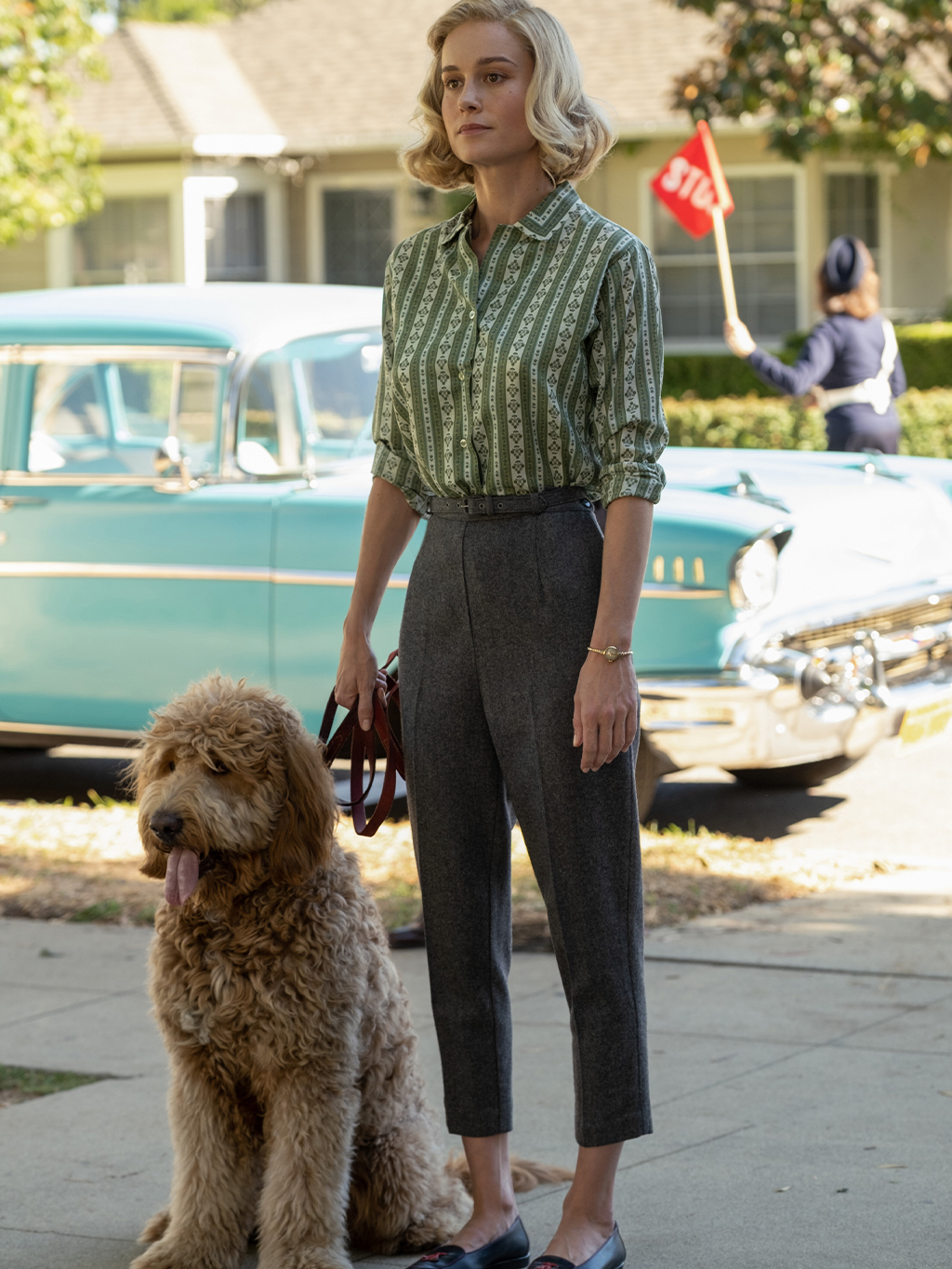
Were there any other products or practices you used to achieve a period-accurate makeup look?
Generally speaking, I don't usually use a lot of matte eye shadows on an everyday basis because they don't have a lot of impact, but I really enjoyed using them on this show. I was reminded of how amazing their textures and finish could be. Of course, they can be more challenging to use, but they blend beautifully! I gained more respect for the makeup of that era because many of the popular looks from the '50s looked so effortless but weren't actually that easy to achieve. Velvet-finish skin, too, was really fun to re-create.
I used one foundation from Decorté Cosmetics, a Japanese brand that Brie is currently the face of. I was reminded of how beautiful the foundation was when I used it on the show because it covers so beautifully and sets matte without looking chalky. It's formulated with a skincare base, so the more you wear it, the better your skin looks. I now love products with a matte finish! The texture and the finish of them on-screen looked so authentic to the era—I was in love with it.
I am too! The finished effect on-screen is absolutely gorgeous.
One of my goals was to transport viewers into the show. In fact, in the trailer room where I was working with Brie, there was a big corkboard where we kept our collage of reference photos. As we were filming, I would pin pictures taken of Brie while she was on set and blend it in with the others so she could really see herself as that character and feel inspired. Even though we may have taken a picture just yesterday, it looked like it had always been with the other reference photos. I feel like she really enjoyed looking at it because it created a mood board of her in that era.
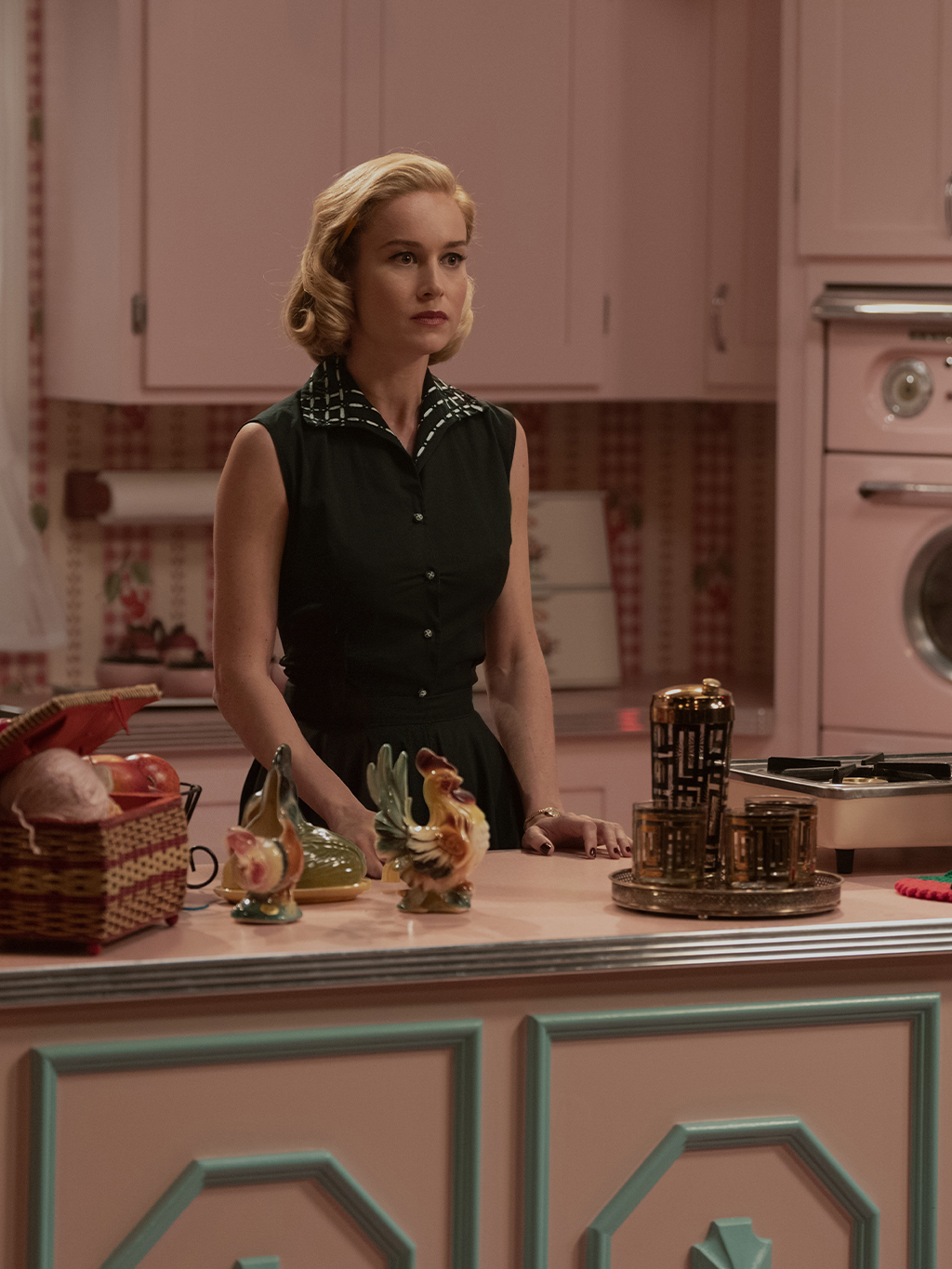
Did you use any tips and tricks from the 1950s in your makeup design for this series?
Cat eyes were really huge in the 1950s, but I purposefully avoided doing it because I couldn't image Elizabeth wanting to wear them at the beginning of the show. Instead, I drew inspiration from Grace Kelly's eye looks. Her eye shadow was done in a really simple way, and it suited our main character much better.
When you watch the show, you may see more eyeliner at some point, but most of the time, I blended away the matte eye shadow for a nice accentuated feel without a big cat eye like Marilyn Monroe. Some makeup looks distract from the personality of characters, and for Elizabeth, she's a scientist and didn't think too much about how she looked. Even when she becomes a host, her personality hasn't changed much.
I always softened the eyeliner, so it still reflected the trends of that time but also stays true to her. For her, it was all about beautiful lips and matte skin. I just wanted to create the mood of the '50s without being disruptive! Everything I did was a little softer than what we tend to imagine from the era.
Are there any other makeup tips you would give to a beginner who wants to re-create Elizabeth's iconic looks at home?
Good skin prep! I'm a big believer in starting with a skincare routine instead of applying your makeup right away. Have your skincare products sit for 20 minutes because it really changes the way your makeup will look. Also, trying more matte finishes and doing a lot of blending. Matte eye shadow can be tricky to use, and you have to have a good hand for it, but it's really fun.
It helps you create a soft look that you could pair with bold lips. But no matter what you want to do to create a makeup look, remember to enjoy it and recognize your inner beauty. This show focuses a lot on emotions, and it's a really beautiful show about people. I wanted makeup to be a supplement to that without being too loud. I enjoyed creating that!
Makeup Inspired by Suzuki's Go-Tos

While Lessons in Chemistry's Elizabeth would rather spend time solving chemistry equations than applying makeup, using an eyebrow pencil to frame your eye makeup can make all the difference in any finished look. La Bouche Rouge's Eyebrow Pencil keeps things looking natural while subtly intensifying and sculpting the brows.
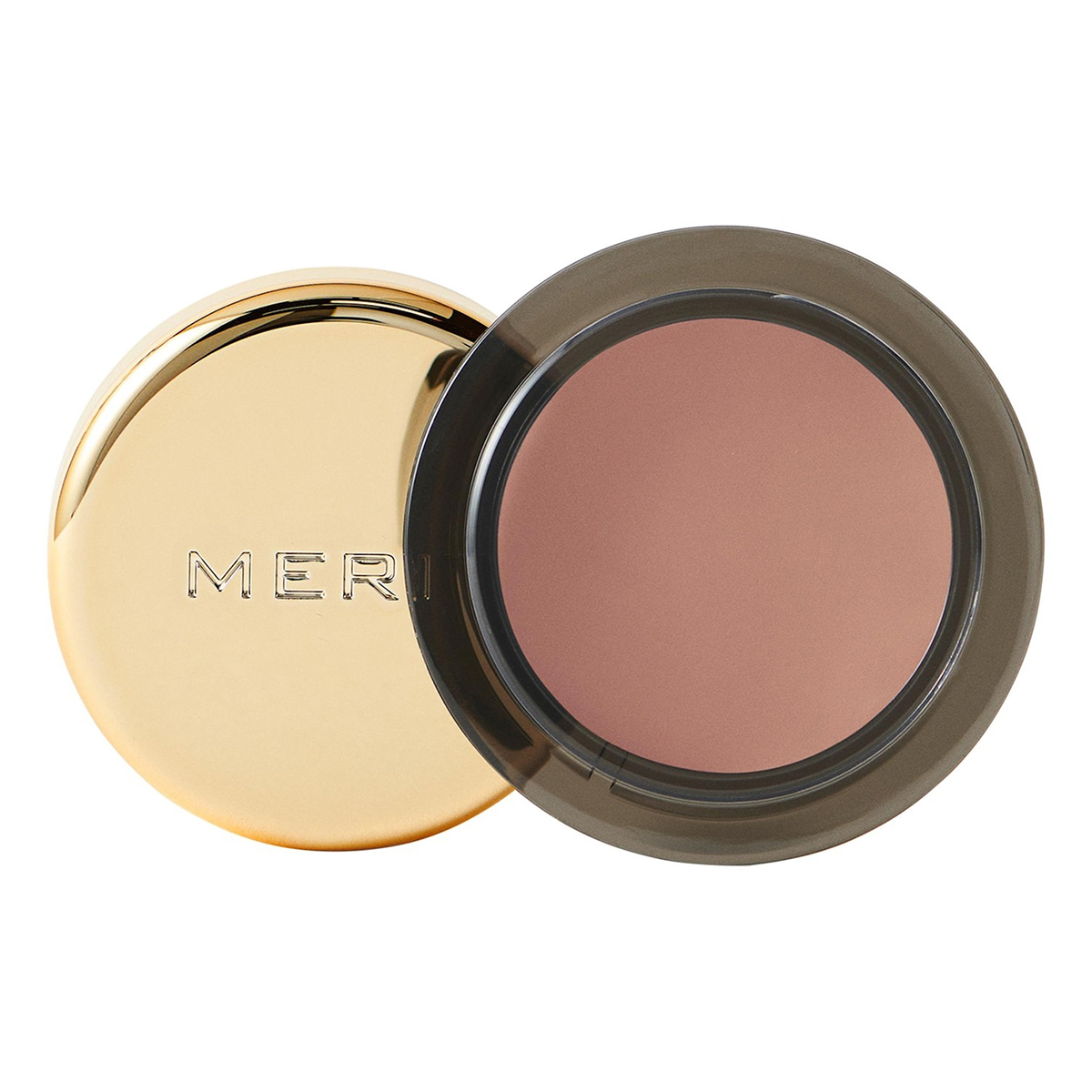
Matte eye shadows are the way to go when re-creating the makeup from this series. Merit's new solo eye shadows deliver major matte pigment using a buildable, talc-free formula that transforms from a cream to a powder finish with zero creasing or fallout. Remember, Suzuki's key to matte eye shadow is blending, blending, blending.
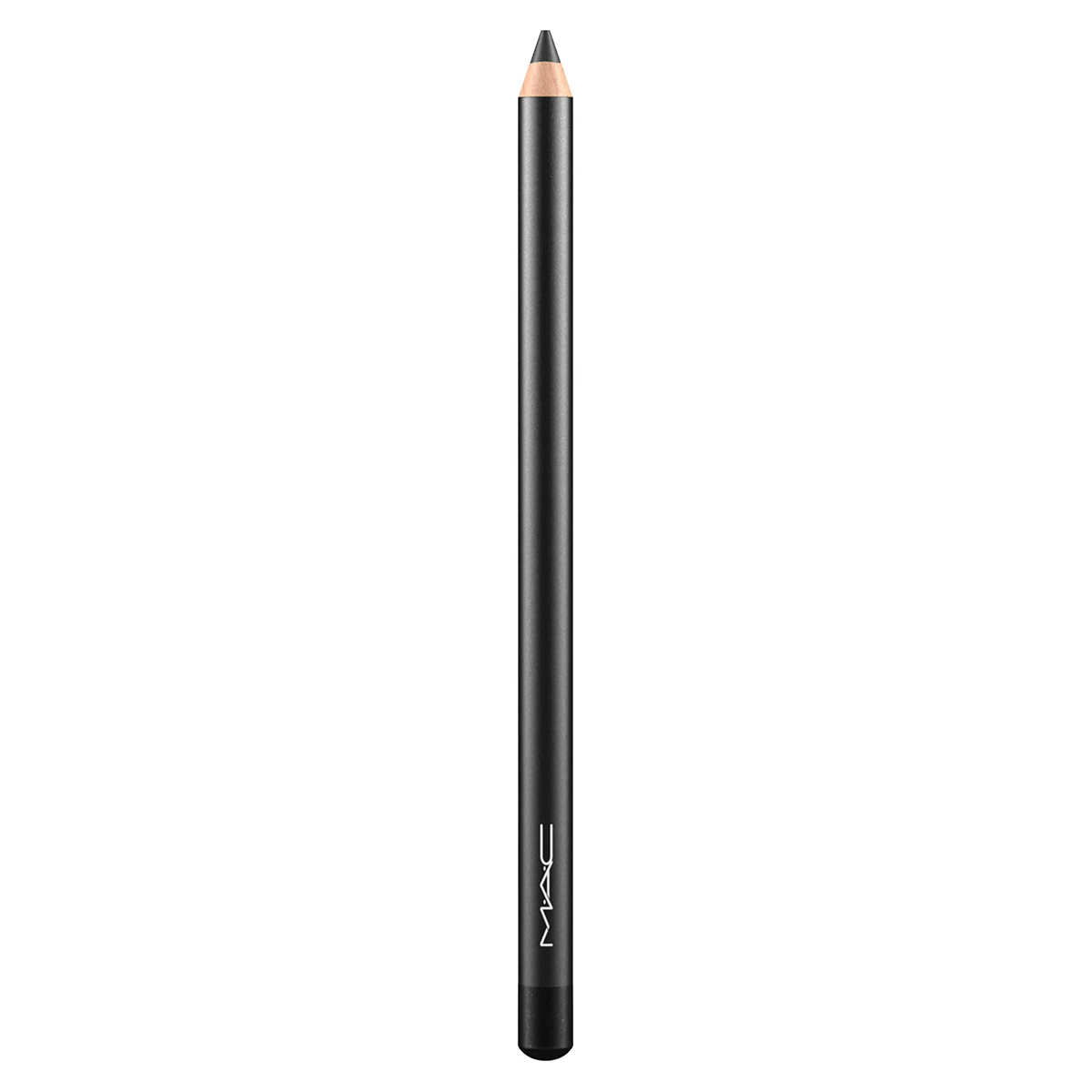
Not a fan of the cat eyes of the '50s? No problem. Use a creamy kohl eyeliner for the soft winged eyeliner Suzuki created for Elizabeth as she begins her career as a TV host. This one by MAC, is a must-have for anyone looking for an eyeliner with rich color in smooth, matte, and pearly finishes. Pick your poison!
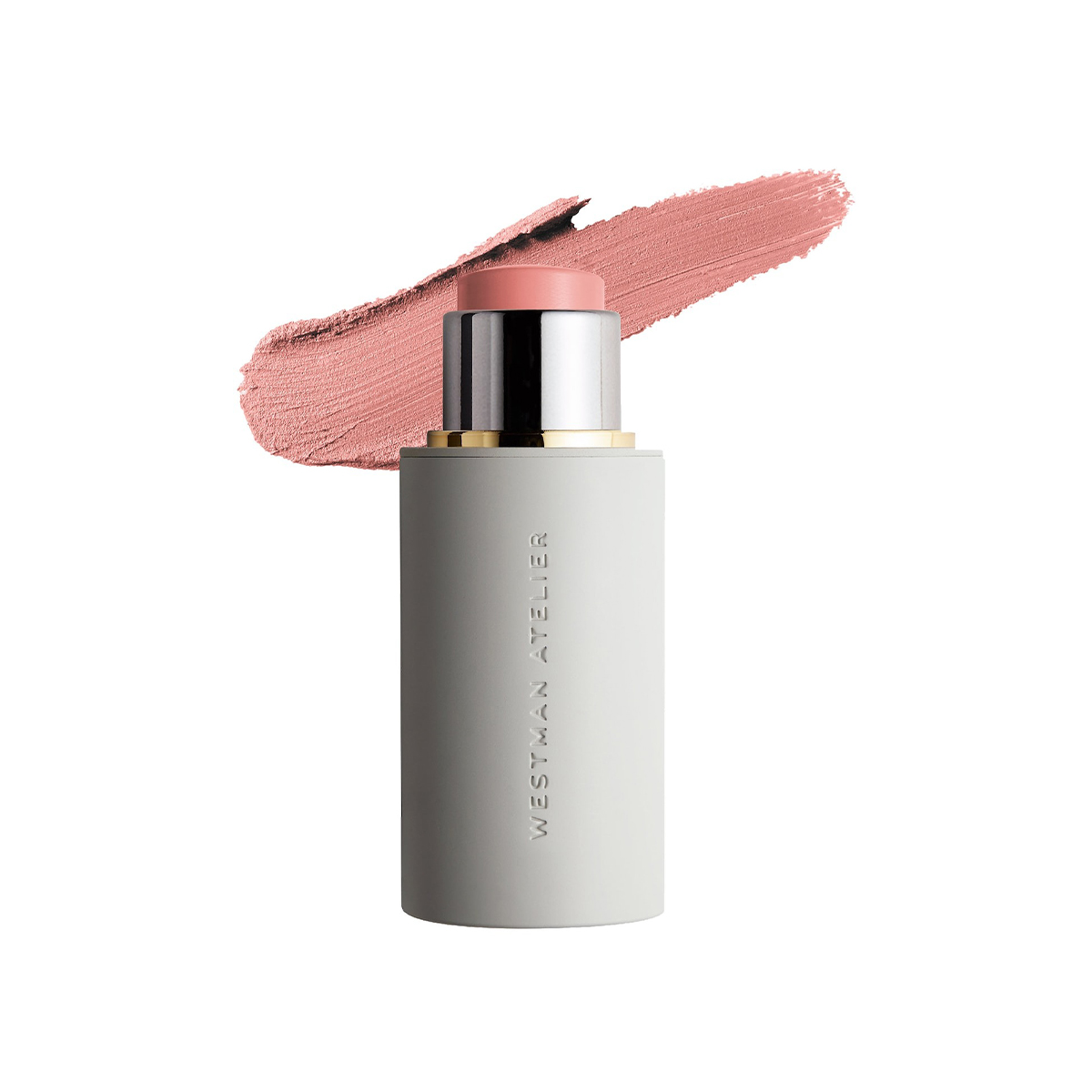
For Suzuki, keeping skin looking glowy and healthy is the goal. Give your complexion a wash of natural-looking yet effervescent color with a multipurpose blush stick like this one from Westman Atelier that can be used on your cheeks and lips. Its unique formula is crafted from a blend of soothing ingredients that work to balance moisture.
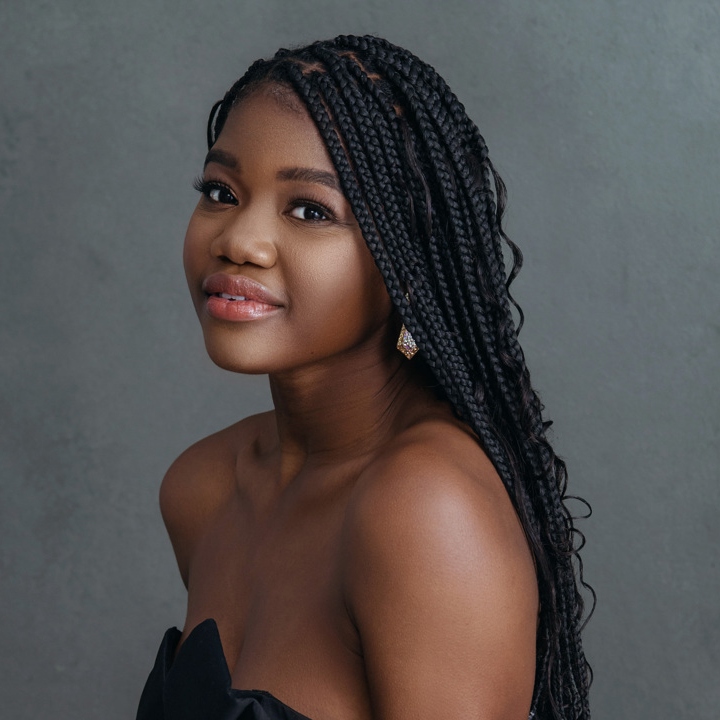
Maya Thomas is an Associate Beauty Editor atBest Knockoff Luxury Clothing . Her strong love for all things beauty and fashion stems from a strong childhood interest in the fine arts. During a gap year spent in Paris studying the history of French fashion, she shifted her focus to English literature and journalism as a student at Loyola Marymount University. After graduating in May 2021, Maya began freelancing for Parade.com as a contributing commerce writer. When she's not writing, Maya spends her free time catching up on reading, perusing art galleries, and enjoying a night out at the ballet every now and then.